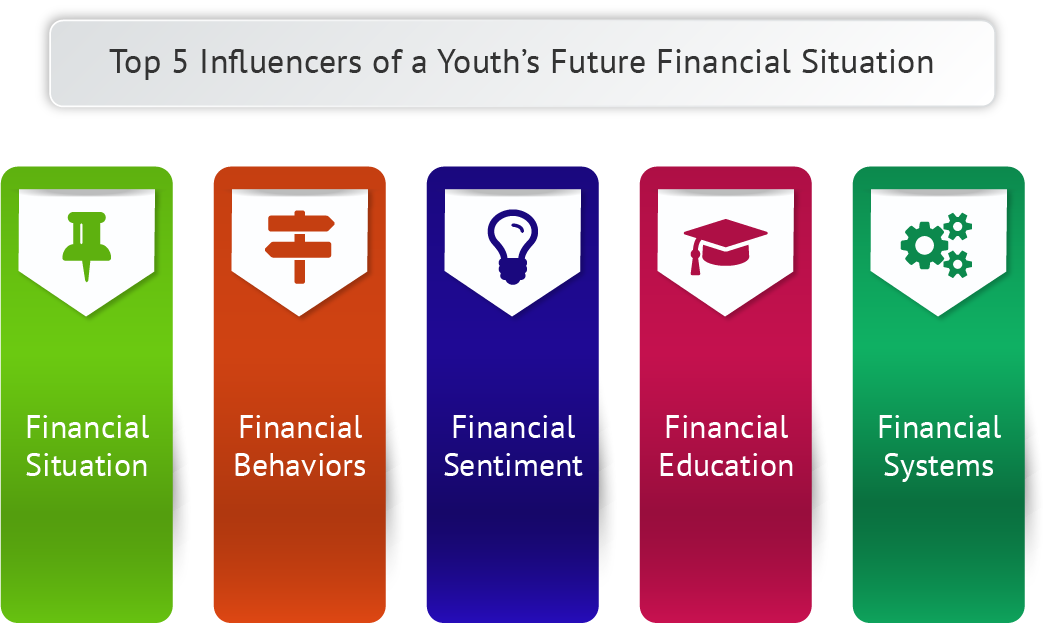Personal Finance High School: A Targeted Approach
Does presenting personal finance high school lessons match your interests? If so, then you have come to the right place. The articles here talk about the most popular topics to cover and how best to meet the needs of a youthful audience with high school personal finance training.
Most Valuable Topics for High School Personal Finance
When you seek to teach personal finance, high school aged students will benefit most from lessons that capture and hold their interest. That’s why we advise teaching topics that help them deal with the life events they’re about to encounter. For example, many high schoolers are close to moving away from their parents’ homes, purchasing a car, and/or heading off to college or university – so include these subjects in your personal finance class for high school-aged youth.
Getting youth ready to tackle the challenges of living on their own should definitely be part of the personal finance basics for high school students. If they become capable to set goals, write budgets they can stick to, buy and maintain a vehicle, meet expenses, get car and renter’s insurance, and understand credit, they’ll be more ready to deal with life’s demands.
Another topic of particular value to youth is how to fund a higher education pathway. There are various options to pay for school without ever taking out a student loan. These options are important to get across in a high school money management course, because we currently face a student loan debt crisis.
High school personal finance classes should also target those students who are about to buy a car. If they know the ins and outs of applying for credit, budgeting for a vehicle that aligns with their financial goals, and including all the hidden expenses of owning a car, they’ll be better prepared to take this big step.

Personal Finance Basics for High School Students
The personal finance basics for high school students should impart skills that will help them confront the primary challenges most people face when first starting out. For example, when young adults first leave home, many lack the basic systems they need to establish a firm financial standing. By financial management systems, we’re talking about having the right accounts – including checking, savings, and retirement accounts and online banking service to handle funds with ease. If youth enter the world with these systems in place, they’re more likely to get off on the right foot. Young adults today even have chances to begin navigating the stock market.
Adolescents will also benefit from learning how to counter the influences of peers and advertising on their spending behaviors. Youth are bombarded with messages from the mass media, social media, and friends to get the latest styles and electronic devices, without considering whether a given purchase fits into their long-term financial plan. Teaching money skills at this level might include a counter-advertising component.
Most students never receive personal finance high school lessons. Parents don’t teach them at home, and the school system seldom mandates any such curriculum. Adolescents are particularly at risk of finding it difficult to receive financial guidance. And teens are subject to heavy pressures to spend with abandon when using cash, checks, and/or credit. Pinto, Parente, & Mansfield (2005) have shown that the age at which young people are able to obtain credit cards has been steadily dropping. If kids get access to credit before they’re capable to handle it wisely, they may be faced with a debt problem that only gets worse as they become adults.

